ARTICLE AD BOX
Jo Lonsdale
BBC North East & Cumbria Investigations

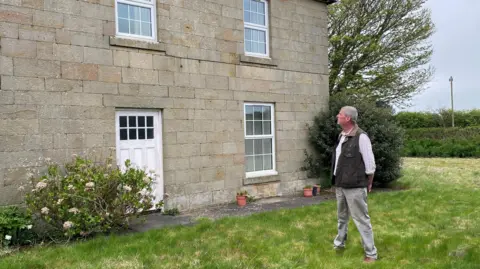 BBC
BBC
Martin Beal's former home, which he lost to the now cancelled A1 road scheme, has been empty since 2022
In October 2024 the government announced it was cancelling a project to widen part of the A1 in Northumberland, years after National Highways had spent more than £4m on the purchase of houses and land in the way of the scheme.
The affected families - including one couple who had to start afresh miles away in Cumbria - said they had "been through hell" as they saw their properties "left to rot" unnecessarily.
Melanie Wensby-Scott sat in her car and cried on the day she and her husband left Northgate House, which sits right next to the road not far from Morpeth.
The couple had been packing up the last of their belongings and she was still running the vacuum cleaner around when National Highways contractors arrived.
"They started boarding up the windows and changing the locks," she said. "I honestly felt like we were being evicted."


Melanie and Julian Wensby-Scott moved out of Northgate House, near Morpeth, in 2019
Melanie and her husband Julian had had "big plans" when they bought the house in 2009.
"We put in a new kitchen, new bathrooms, we were planning a new conservatory and we had no intention of ever leaving," she said.
But in 2014, the then Prime Minister David Cameron announced plans to dual a 13-mile section of the A1 and it became clear their house was in the path of the chosen route.
"When they first came round I said I didn't want to move and they basically said I had no option," said Mrs Wensby-Scott.
"It was just awful to know you were going to lose your home."

 Google
Google
Northgate House in 2018 before Melanie and Julian Wensby-Scott sold it to National Highways

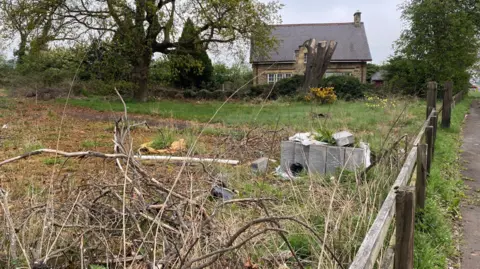
The former family home has remained empty since 2019
The A1 scheme stalled for a few years, alternating between ready to start and still on hold until, in May 2024, Rishi Sunak's government approved the Development Consent Order which gave the final go-ahead.
However, Labour swept back into power two months later and cancelled the project in October 2024, stating it had to make "difficult decisions about road schemes which were unfunded or unaffordable".
Mrs Wensby-Scott said: "When I heard the news, I just thought 'oh my God all that for nothing'.
"Everything we went through, the heartache, the angst, I just couldn't believe it.
"You drive past now and it's falling apart, it just looks awful. It's such a shame, it was such a beautiful house."


Felicity and James Hester moved away to Cumbria to find a property which matched their needs
At the other end of the proposed route, Felicity and James Hester were living in East Cottage near the village of Rock.
It was a "perfect place" for them because it had a paddock and stabling for their horses, but they soon realised the bulldozers were heading their way.
"It was just horrible," Mrs Hester said. "We went through four or five years of utter hell trying to find somewhere we could actually move to, it was just a nightmare.
"The way the property market was at the time in Northumberland, we couldn't find anything which matched what we had so we had to move to Cumbria.
"Now we're a couple of hours away from all the friends we had."

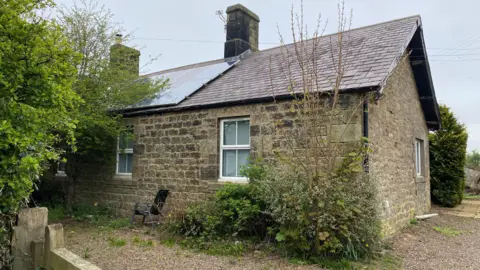
East Cottage was owned by Felicity and James Hester until the A1 scheme came along
Next to East Cottage is Charlton Mires, a large 200-year-old farmhouse and steadings that had been the home of the Beal family since 1904, but would also need to be flattened for road building.
Martin Beal described its loss as "very painful".
"I felt like I'd let my family down somehow because I couldn't save our home," he said. "There are just so many memories in there.
"They were also taking part of our land, so I couldn't plan ahead. I had sleepless nights, it was very hard."

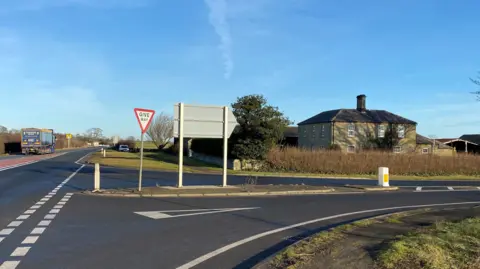
The farmhouse at Charlton Mires is the largest of the properties purchased by National Highways
A freedom of information request by the BBC revealed that more than £68m had already been spent on the A1 scheme by the time it was cancelled, and that figure continues to rise by just under £30,000 a month.
That is partly because National Highways is obliged to pay insurance and council tax on the unneeded properties, including an empty house premium.

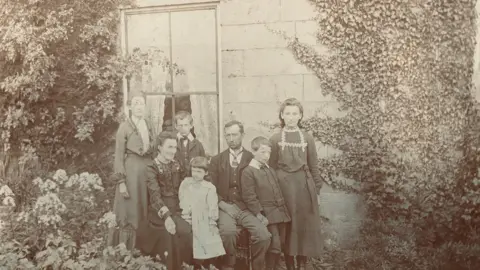 Martin Beal
Martin Beal
Martin Beal's family had lived at Charlton Mires since 1904
Land agent Louis Fell, who represented the Hester and Beal families, described the situation as "a mess"
He said: "I know National Highways didn't make the decision to cancel the road, but they need to have a strategy for the properties, perhaps consider refurbishing them and renting them to young families.
"For them just to sit here rotting is such a waste of money and it's not a good look for an area popular with tourists."

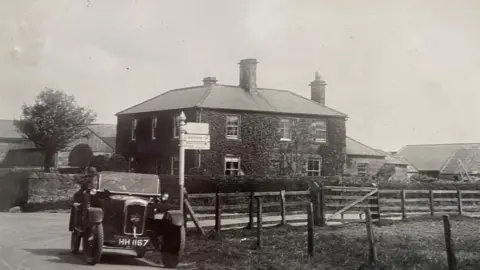 Martin Beal
Martin Beal
The road outside Charlton Mires would eventually become the A1, but in the 1920s very few cars used it
National Highways previously said it was "sympathetic" to Mr Beal's situation after delays to payments for his property.
In a statement, it said: "We carefully review expenditure on all our projects to ensure that lessons are learned and processes are improved for any future road improvement schemes.
"Discussions surrounding the future of the homes purchased as part of this scheme remain ongoing and will be communicated in due course.
"The properties are being managed by our estates team until a strategy is agreed.
"During this time, the properties will be secured by our maintenance contractor and inspected on an appropriate basis."

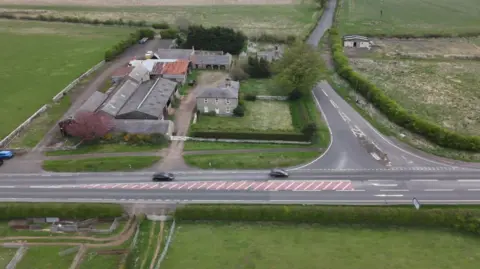
Charlton Mires and all the farm buildings will have to be demolished despite the road not being built
Under what are known as the Crichel Down rules, in situations like this the properties should be offered back to the owners, but all three families say they do not wish to go back to homes which have been empty for several years.
Martin Beal said his former home was "full of damp and falling apart".
He now has permission to build a new farmhouse nearby but when it is built, because it is a direct replacement for Charlton Mires, planning arrangements mean the original farmhouse has to be demolished at a cost to the taxpayer of an estimated £100,000.
"It has been there for 200 years, it's a beautiful house. It is just ridiculous it has to be demolished for nothing," Mr Beal lamented.
"I'm just so angry about everything my parents and I have been through, and all those millions of pounds wasted for what?"

 1 day ago
8
1 day ago
8
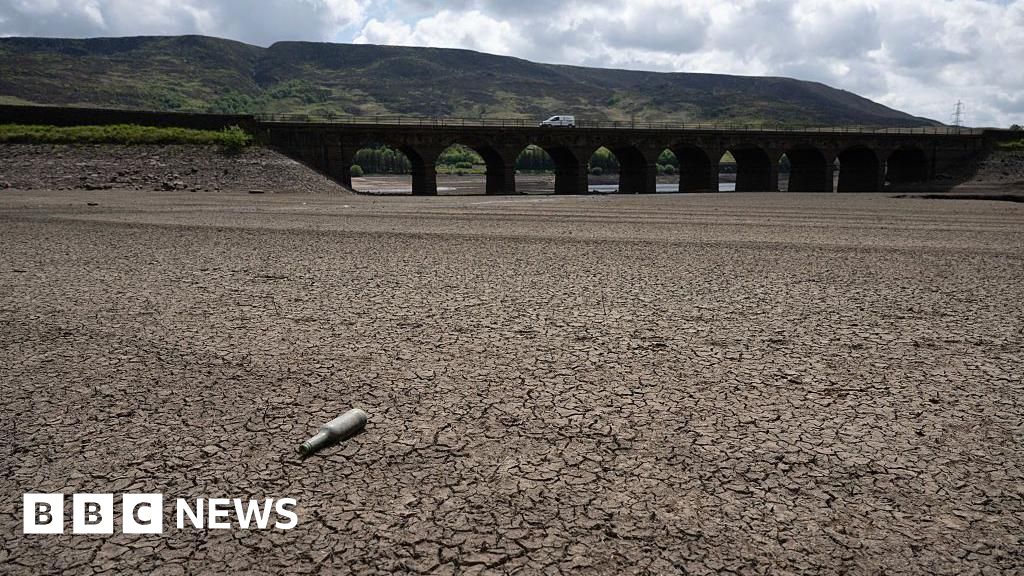







 English (US) ·
English (US) ·